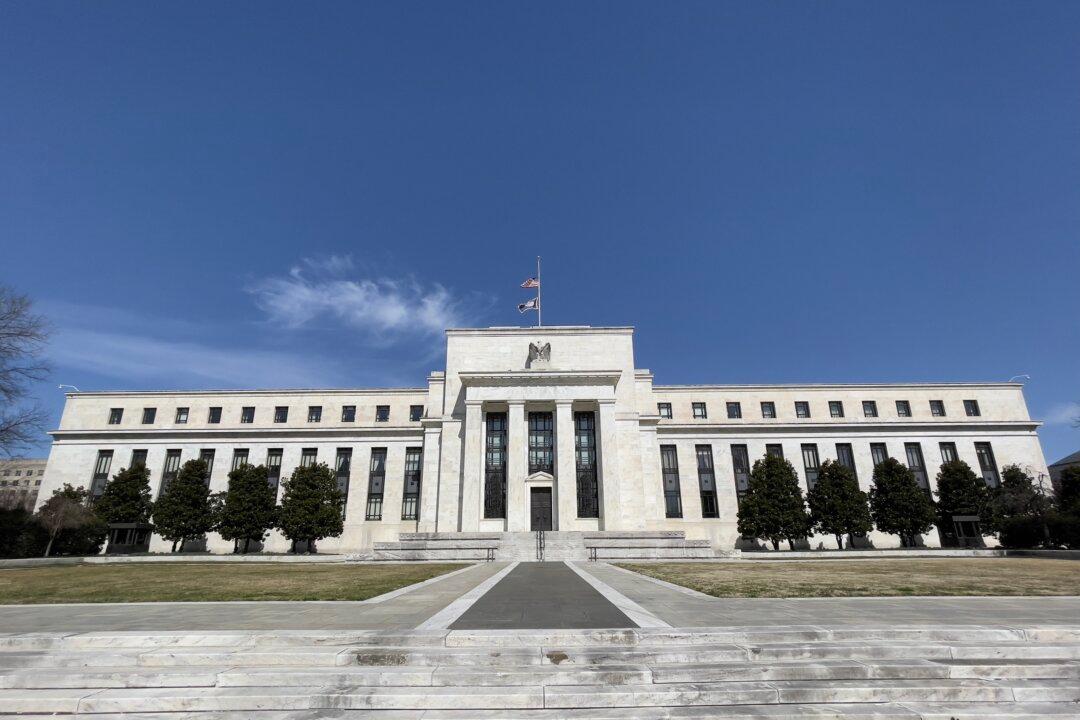Commentary
The one sort of inflation that’s certainly not here to stay is high stock prices. Huge stock swings are indications that the “sky’s the limit” stock market is nosediving back to Earth. It had to happen sooner or later, and global volatility and recession are leading the downward trend.





